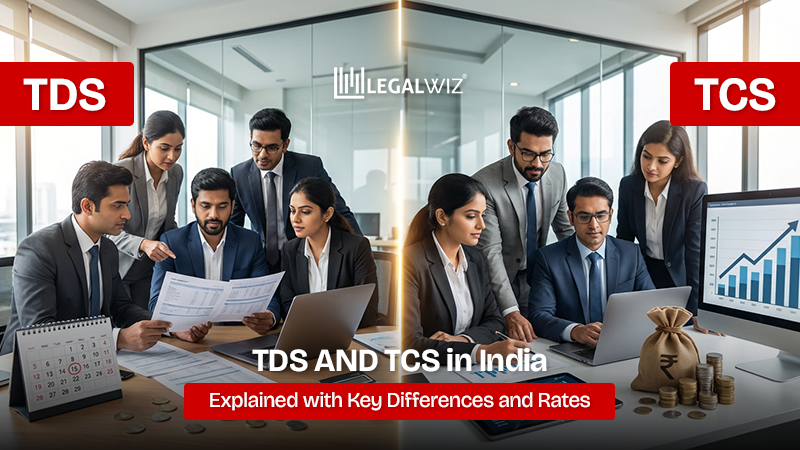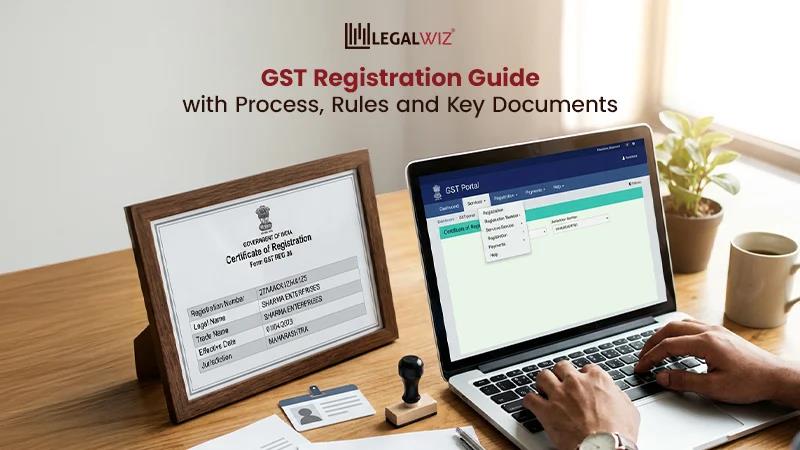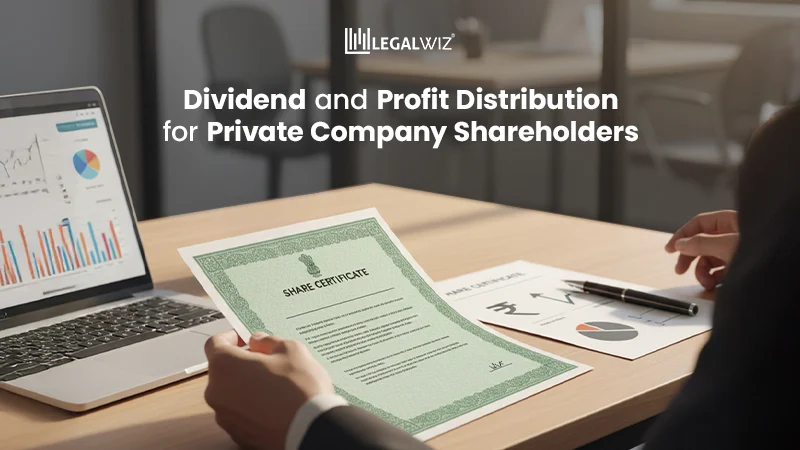Term Sheets Explained: Essential for Startup Fundraising in India
The Foundation of a Strong Investment Deal
In the fast-paced world of startup funding and venture capital, a well-drafted term sheet can be the difference between a seamless deal and prolonged legal disputes. Often overlooked, this preliminary document plays a crucial role in setting expectations and aligning investors and founders before binding agreements are signed. While term sheets may not be legally enforceable in their entirety, they establish a framework for negotiations, ensuring transparency and minimizing risks for both parties.
What is a Term Sheet? Understanding its role in Investment Deals
A term sheet is a crucial preliminary document that outlines the key terms of an investment agreement between two parties. While many startups and angel investors in India often overlook this step, a well-drafted term sheet acts as a strategic blueprint, helping structure the investment before formal agreements are drawn up. It concisely summarizes essential deal terms, eliminating the need for drafting a comprehensive shareholders’ agreement at the outset.
Although a term sheet is generally non-binding, it lays the foundation for an investment by detailing critical aspects such as participating parties, board composition, investment amount, types of securities, fund allocation, investor rights, exit strategies, non-compete clauses, and other fundamental conditions. Read More about term sheet here.
Why Every Startup Needs a Term Sheet
While not legally enforceable in its entirety, a term sheet ensures that both the company and investors have a shared understanding of key deal terms before committing to binding agreements.
What’s Binding and What’s Not? Legal Standing of a Term Sheets
The primary investment elements—such as valuation, funding amount, and shareholding structure—are typically non-binding, meaning they remain subject to revision until definitive agreements like the Share Purchase Agreement (SPA) or Shareholders’ Agreement (SHA) are finalized.
However, certain provisions in a term sheet carry binding obligations, including:
- Confidentiality: Protects sensitive information shared during negotiations.
- Exclusivity: Ensures that the company does not engage with other potential investors for a specified period.
- Governing Law & Jurisdiction: Determines the legal framework governing the agreement.
These binding clauses hold legal weight under the Indian Contract Act, 1872, which requires a valid contract to include offer, acceptance, and intent to create legal obligations. Although the broader document remains non-binding, carefully drafting these clauses is essential to avoid unintended consequences.
Key Elements of a Well-Structured Term Sheet
1. Financial and Investment Terms
A term sheet specifies the proposed funding amount and the company’s valuation, both of which influence the investor’s ownership stake. These details may include different financial instruments such as equity, convertible notes, or preference shares.
2. Securities and Capital Structure
The document outlines the type of securities being issued, affecting shareholding distribution and investor control. Common types include:
- Ordinary equity shares
- Convertible debentures
- Preference shares with specific investor rights
3. Governance and Decision-Making Rights
Investors often negotiate governance rights, such as board representation and voting power, to ensure oversight in major business decisions.
4. Investor Rights: Safeguarding Interests
Reserved or affirmative rights grant investors veto power over critical business decisions, including:
- Major financial transactions
- Issuance of new shares
- Mergers and acquisitions
- Changes in business scope
- Related party transactions
- Loan-related matters
- Appointment or removal of key executives etc.
By including these provisions in a term sheets, investors can safeguard their interests while allowing the company to operate efficiently within agreed-upon boundaries.
5. Exit Strategies and Investor Protections
To protect their interests, investors often seek:
- Anti-Dilution Protection: Shields against equity dilution in future funding rounds.
- Liquidation Preferences: Ensures payout priority in case of company liquidation.
- Exit Mechanisms: Defines exit options such as IPOs, buybacks, or strategic sales.
Must-Have Clauses in a Term Sheet
When drafting a term sheet, key provisions to include are:
- Company Valuation & Equity Distribution: Defines the investor’s ownership stake.
- Board Composition & Decision Rights: Establishes governance structure.
- Investment Terms: Outlines capital infusion, investor rights, and security issuance.
- Fund Utilization: Specifies how the company will use the funds.
- Current & Post-Investment Shareholding Pattern: Provides clarity on ownership before and after investment.
- Pre-Emptive Rights: Allows investors to purchase new shares to maintain ownership.
- Founder Lock-in Period: Restricts founders from selling shares too soon.
- Transfer Restrictions: Includes rights like first refusal or first offer.
- Indemnity Clauses: Provides legal protection regarding compliance and disclosures.
- Investor Exit Provisions: Details exit routes such as IPOs or buybacks.
- Liquidation Preferences: Ensures investors receive payouts before other shareholders.
How to Negotiate a Strong Term Sheet
To ensure a fair and balanced agreement, parties should focus on:
- Valuation and Deal Terms: Finding mutually beneficial terms.
- Investor Rights vs. Founder Control: Clearly defining decision-making authority.
- Risk Management: Structuring agreements to mitigate investment risks.
- Transparency & Clarity: Keeping terms straightforward to avoid disputes.
- Regulatory Compliance: Adhering to Indian corporate laws and foreign investment regulations.
Choosing the Right Dispute Resolution Mechanism
A term sheet should specify a preferred dispute resolution mechanism, such as:
- Arbitration: A confidential process, often quicker than litigation.
- Mediation: Encourages amicable resolution.
- Litigation: A formal legal process, though time-consuming.
Final Thoughts: The Power of a Well-Drafted Term Sheet
A well-structured term sheets is more than just a preliminary document—it is a strategic tool that fosters transparency, reduces risks, and streamlines the investment process. Whether you’re a startup seeking funding or an investor looking for clarity in deal-making, having a solid term sheet ensures smoother negotiations and fewer conflicts down the line. By prioritizing legal compliance, drafting clear terms, and adopting a structured negotiation approach, startups and investors can confidently move toward a successful investment journey. In venture capital deals, private equity investments, or mergers and acquisitions, a well-crafted term sheet sets the stage for a winning partnership.
Secure Your Investment with LegalWiz
Drafting a term sheet is a crucial step in securing a transparent and legally sound investment deal. However, ensuring that it covers all necessary provisions while aligning with regulatory requirements can be challenging. This is where professional legal assistance can make all the difference.
At LegalWiz, we specialize in expert term sheet drafting services to help startups and investors create clear, comprehensive, and legally sound agreements. Our team ensures that your term sheet includes essential clauses, protects your interests, and lays the groundwork for a successful investment transaction.
Take the first step toward a well-structured, investor-friendly term sheet with LegalWiz. Get your term sheet drafted today!

Labdhi Kochar
Labdhi Kochar is a legal whiz who makes startup laws sound almost fun (yes, really!). With expertise in business structuring, fundraising, and IP rights, she helps entrepreneurs turn their ideas into well-planned, legally sound ventures. Whether she’s building rock-solid business structures or simplifying compliance jargon, Labdhi believes legal knowledge should be practical and accessible. When she’s not decoding legal complexities, you’ll probably find her indulging in her true passion-shopping like it’s a full-time job!







